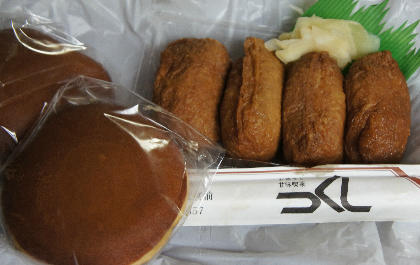![]() Walk along Sumida Kawamukai at Exit 6 of Shintomicho Line (2.4m above sea level) on the Yurakucho Line, and you will see the entrance of Tsukuda-ohashi Bridge (currently under seismic reinforcement work), which was bridged in 1964. There is a stone monument of Tsukuda Island ferry, which has a cute fruit tree on the shelf of the children's park near it. On the main street is the International Paper and Pulp Trading Co., Ltd., which was newly built in 2003, on the site of the Tsukiji Sanin. Let's take a look! At the entrance, the Sendai Tanabata decoration produced by a subsidiary of the company's Sendai is exhibited to the general public until August 19
Walk along Sumida Kawamukai at Exit 6 of Shintomicho Line (2.4m above sea level) on the Yurakucho Line, and you will see the entrance of Tsukuda-ohashi Bridge (currently under seismic reinforcement work), which was bridged in 1964. There is a stone monument of Tsukuda Island ferry, which has a cute fruit tree on the shelf of the children's park near it. On the main street is the International Paper and Pulp Trading Co., Ltd., which was newly built in 2003, on the site of the Tsukiji Sanin. Let's take a look! At the entrance, the Sendai Tanabata decoration produced by a subsidiary of the company's Sendai is exhibited to the general public until August 19![]() . By the way, this year's Sendai Tanabata is from 8/6 to 8/9.
. By the way, this year's Sendai Tanabata is from 8/6 to 8/9.
 International Paper and Pulp Trading
International Paper and Pulp Trading
On the right side of this building is the monument of the birthplace of "Women's Seigakuin", which was founded in 1905, and in the planting diagonally in front of the entrance, there is a monument to "Kaigan Jogakuin", which is Chu of Aoyama Gakuin.
![]() From here, head toward St. Luke's Tower (height: 220.63m), Shiose Sohonke, the birthplace of buns with a history of 660 years, on Idomechi Street, just before the St. Luke's Tower (height: 220.63m)....The character of "Japan's No. 1 Manjusho" raised when opening a bun shop in Kyoto.
From here, head toward St. Luke's Tower (height: 220.63m), Shiose Sohonke, the birthplace of buns with a history of 660 years, on Idomechi Street, just before the St. Luke's Tower (height: 220.63m)....The character of "Japan's No. 1 Manjusho" raised when opening a bun shop in Kyoto.
According to the company profile of the Shiose Sohonke, it was founded in 1349 in Northern and Southern Courts period (1349), the year when Hayashi Jogen, who brought the first potato bun and Nara bun, came to Japan from China. The history of buns on the company's website and the Great Encyclopedia (Manju)! ! !
"Shiose Sohonke" opened in Nihonbashi from Kyoto in Manji 2 (1659). Established in Akashicho, the current location in 1950 (HP). Right now there is no coffee room on the second floor, but the inside of the store is still respectful of the formal style. Hon bun of the seventh generation of the post-war era (Hey-) and Japanese sweets "Dorayaki" and "Daifuku" are nice to the common people....I had an elegant taste of a famous store.
 Shiose Sohonke
Shiose Sohonke
![]() In the Edo period, the town of Minato Irifune, which flourished in Edo Minato. A town where old houses and restaurants are still mixed, probably because it is a corner of a foreigner's shelter, has escaped from the damage of the war? It seems to be a district where development is delayed even in Chuo-ku. There are still many printing and related businesses, and there is the Mizuno Printing Museum at Irifune 2-chome. I remember that this area was a worm-eating state after the rise and collapse during the bubble period. At Minato 2-chome, the redevelopment of the construction of a high-rise complex is progressing here. The nearby "Tetsugunsu Inari Shrine" is under construction for the 1180th anniversary commemorative project, and the torii is closed (visiting is as usual HP).
In the Edo period, the town of Minato Irifune, which flourished in Edo Minato. A town where old houses and restaurants are still mixed, probably because it is a corner of a foreigner's shelter, has escaped from the damage of the war? It seems to be a district where development is delayed even in Chuo-ku. There are still many printing and related businesses, and there is the Mizuno Printing Museum at Irifune 2-chome. I remember that this area was a worm-eating state after the rise and collapse during the bubble period. At Minato 2-chome, the redevelopment of the construction of a high-rise complex is progressing here. The nearby "Tetsugunsu Inari Shrine" is under construction for the 1180th anniversary commemorative project, and the torii is closed (visiting is as usual HP).
By the way, what is the middle of Chuo-ku? It's near Irifune 3-chome...I tried to verify it in "Chuo-ku's first story map".
The Japanese confectionery shops are Irifune 3-chome "Sanyo" near Exit 7 of Shintomicho, the birthplace of the shoe industry, and Irifune Aoyagi, 1-chome immediately from Hatchobori Station.
"Sanyo" ・・ ・ Since its establishment in 1933, it has continued to preserve the original taste of Japanese sweets without being misled by fashion....(HP)。 "Mizu Manju" is wrapped in Kumasasa, and you can enjoy a thick skin, elegant grain bean paste and aroma. Also, I would like to have Japanese sweets with a sense of season!
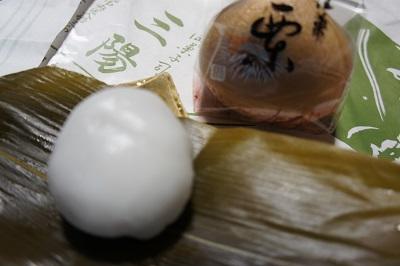 Sanyo
Sanyo
"Irifune Aoyagi": Opened at the current location in October 1891 (originally Minami Hatchobori). The pendulum clock of the Meiji period is carved in the store a long-established time. "Chrysanthemumchu" inherited from the first generation is a crispy thin skin and high-quality bean paste....I'm satisfied with the recommendation! The scent of cherry blossom skin "Domyoji"! I felt Japanese sweets with polite techniques.
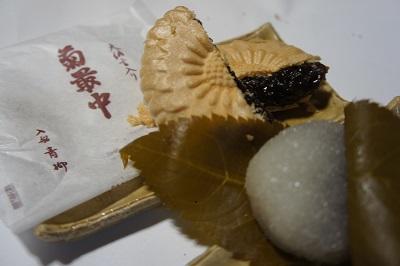 Irifune Aoyagi
Irifune Aoyagi
That's all.
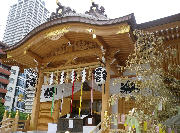
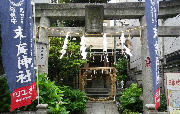
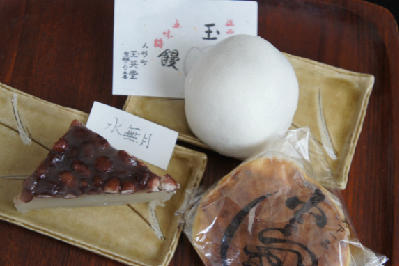 Gyoeido
Gyoeido Itakuraya
Itakuraya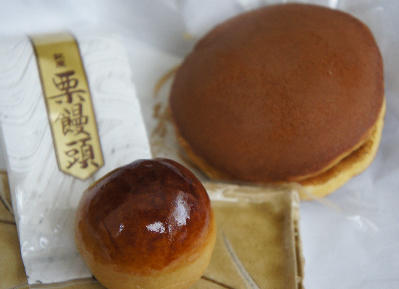 Segetsudo
Segetsudo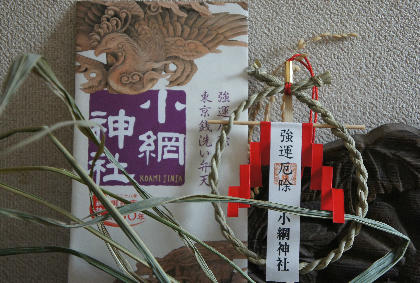
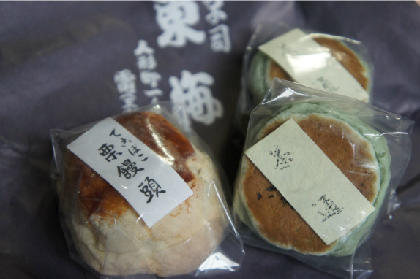
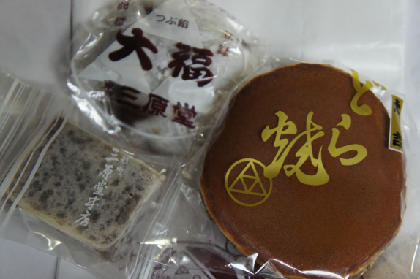 Mihara Domoto Store
Mihara Domoto Store